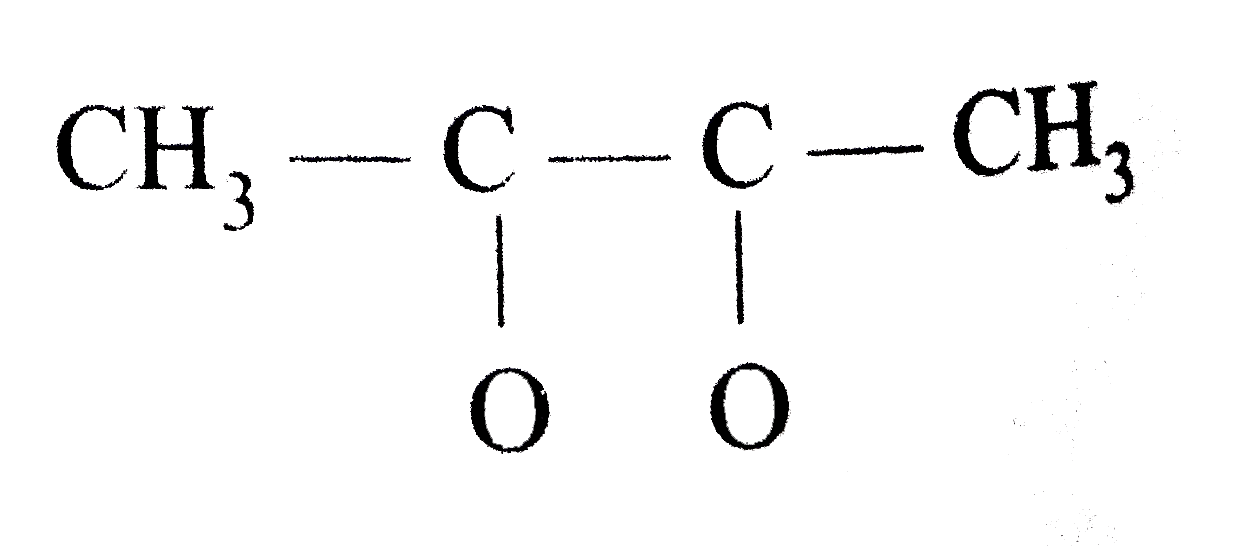C6H5−O−CH2CH3+HIΔ−−→X+Y
Identify X and Y in the above reaction?
X:C6H5OH,Y:CH3CH3
X:C2H5I,Y:C6H5CHO
X:C6H5I,Y:CH3CH2OH
X:C6H5OH,Y:CH3CH2I
The correct Answer is:D
To solve the problem, we need to identify the products (X and Y) formed when the ether C6H5−O−CH2CH3 reacts with hydroiodic acid (HI) upon heating.
1. Identify the Reactants:
The reactant is an ether, specifically C6H5−O−CH2CH3, which consists of a phenyl group C6H5 and an ethyl group CH2CH3 connected by an oxygen atom.
2. Understand the Reaction Mechanism:
Ethers react with strong acids like HI through a mechanism that involves protonation of the ether oxygen, leading to the formation of a more reactive species. The protonation makes the ether more susceptible to cleavage.
3. Protonation of Ether:
When HI is added to the ether, the oxygen atom of the ether gets protonated, forming a positively charged oxonium ion:
C6H5−O+H−CH2CH3
4. Cleavage of the Ether:
The oxonium ion can undergo cleavage. The bond between the oxygen and the ethyl group (CH2CH3) is broken, leading to the formation of a carbocation. The bond between the oxygen and the phenyl group remains intact.
5. Formation of Products:
- The ethyl group (CH2CH3) will leave as an ethyl cation (which is unstable) and will react with the iodide ion (I-) from HI to form ethyl iodide (CH2CH3I).
- The phenyl group (C6H5) will remain attached to the oxygen, resulting in the formation of phenol (C6H5OH).
6. Identify X and Y:
Therefore, the products of the reaction are:
- X: Phenol (C6H5OH)
- Y: Ethyl iodide (C2H5I)
Final Answer:
- X = C_6H_5OH (Phenol)
- Y = C_2H_5I (Ethyl iodide)
The reactant is an ether, specifically C6H5−O−CH2CH3, which consists of a phenyl group C6H5 and an ethyl group CH2CH3 connected by an oxygen atom.
Ethers react with strong acids like HI through a mechanism that involves protonation of the ether oxygen, leading to the formation of a more reactive species. The protonation makes the ether more susceptible to cleavage.
When HI is added to the ether, the oxygen atom of the ether gets protonated, forming a positively charged oxonium ion:
C6H5−O+H−CH2CH3
The oxonium ion can undergo cleavage. The bond between the oxygen and the ethyl group (CH2CH3) is broken, leading to the formation of a carbocation. The bond between the oxygen and the phenyl group remains intact.
- The ethyl group (CH2CH3) will leave as an ethyl cation (which is unstable) and will react with the iodide ion (I-) from HI to form ethyl iodide (CH2CH3I).
- The phenyl group (C6H5) will remain attached to the oxygen, resulting in the formation of phenol (C6H5OH).
Therefore, the products of the reaction are:
- X: Phenol (C6H5OH)
- Y: Ethyl iodide (C2H5I)
- X = C_6H_5OH (Phenol)
- Y = C_2H_5I (Ethyl iodide)
Topper's Solved these Questions
Similar Questions
Knowledge Check
In the given reaction C6H5−CH2−CH3NBS−−→(X)Alc.KOH/Δ−−−−−−−−→(Y) In the given reaction X and Y respectively are
AC6H5−CHBr−CH3andC6H5−C≡CHBC6H5−CBr2−CH3andC6H5−C≡CHCC6H5−CBr2−CH3andC6H5−CBr≡CH2DC6H5−CHBr−CH3andC6H5−CH=CH2In the given reaction C6H5−O−CH2−CH3ExcessHl/Δ−−−−−−−→(X)+(Y)
X and Y will respectively beAC6H5IandCH3−CH2−IBC6H5−OHandCH3−CH2−ICC6H5IandCH3−CH2OHDC6H5OHandCH2=CH2In the given reaction:
CH3−CH2−CH2−O−CH2−CH3HCI/Δ−−−−→[X]+[Y][X] and [Y] wil respectively be:ACH3−CH2−CH2OH and CH3−CH2−CIBCH3−CH2−CH2−CI and CH3−CH2−OHCCH3−CH2−CH2−CI and CH2=CH2DCH3−CH=CH2 and CH2=CH2
CH3CH2ClNaCN−−−→XNi/H2−−−→?
Y in the above reacting sequence is
View SolutionCH3C≡CCH3(i)X−−−−−−−→(ii)H2O/Zn

X in the above reaction is
View SolutionCH3CH2CH3400−6000∘C−−−−−−−→X+Y
X and Y are
View SolutionC6H5−O−CH2CH3HI−−→
which of the following is not formed in this reaction ?
View SolutionIn the given reaction
C6H5−O−CH2−CH3ExcessHI/Δ−−−−−−−−→[X]+[Y]
[X] and [Y] will respectively be:
View Solution